Why Lafayette’s
Approach

To
Liberty & Equality Thrives in a Diverse World




CLASS #1: Background: Who, why, Lafayette?

CLASS #2

Lafayette as Litmus Test: How the Audience of Africans & Those of African Heritage (Enslaved & Free)
Experienced the Promise of Equality in September of 1824.

CLASS #3: Indigenous people. White Working Class.

CLASS #4: After Death a Universal Icon


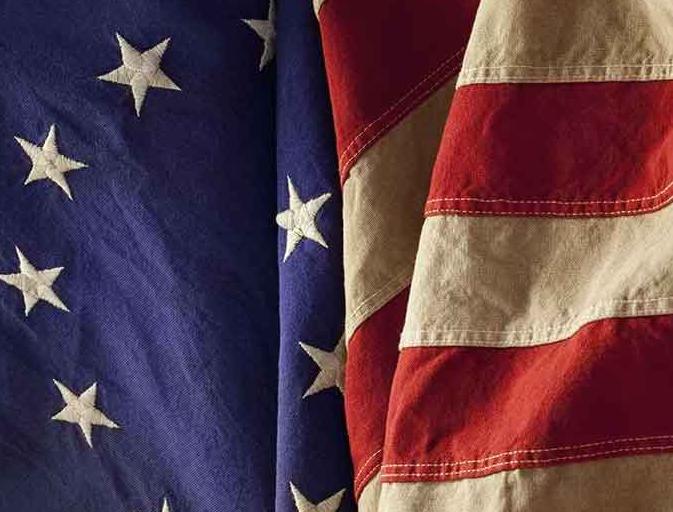
“All are created equal…”

“Liberté, égalité, fraternité”








“ ” Truth All means all












GEORGE III LOUIS XVI Big Moves









Intimate Gestures






















INDIGENOUS
PEOPLES
WELL-SOURCED “TIDY” NARRATIVE

SIGHTINGS & EVIDENCE ACROSS CENTURIES
UNDERSTAND IMPACT OF NON-NATIVE NARRATIVES
RELATIONSHIP WITH LAFAYETTE



Polly Cooper



Oneida


“Where are my friends the Oneida?”




Henry Cornelius 1825










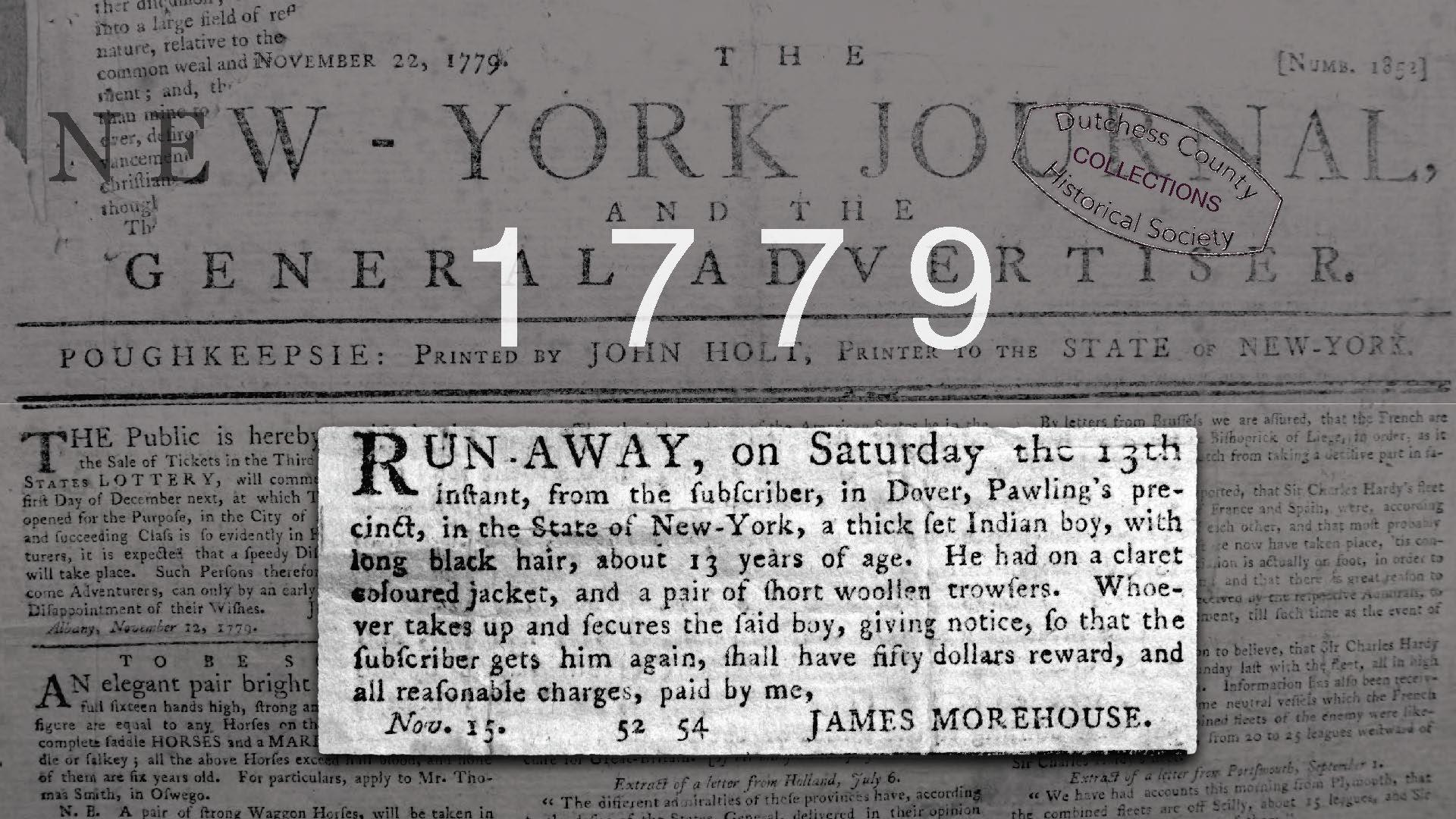















Henry Miner
Dutchess County Peace Convention Wiley’s Grove, town of Clinton
“Turn Indians into citizens and given them the right to the ballot…”

“The honors paid yesterday at West Point to George Custer, the unprovoked murderer of the [Lakota] and the friendly Cheyenne was a national disgrace…”





Albany Germantown




Dutch English


German Palatines

Enslaved Africans




Ulster County


New York City



Mohican Schaghticoke
New England Quakers











Quakers











EVERYWHERE NOWHERE








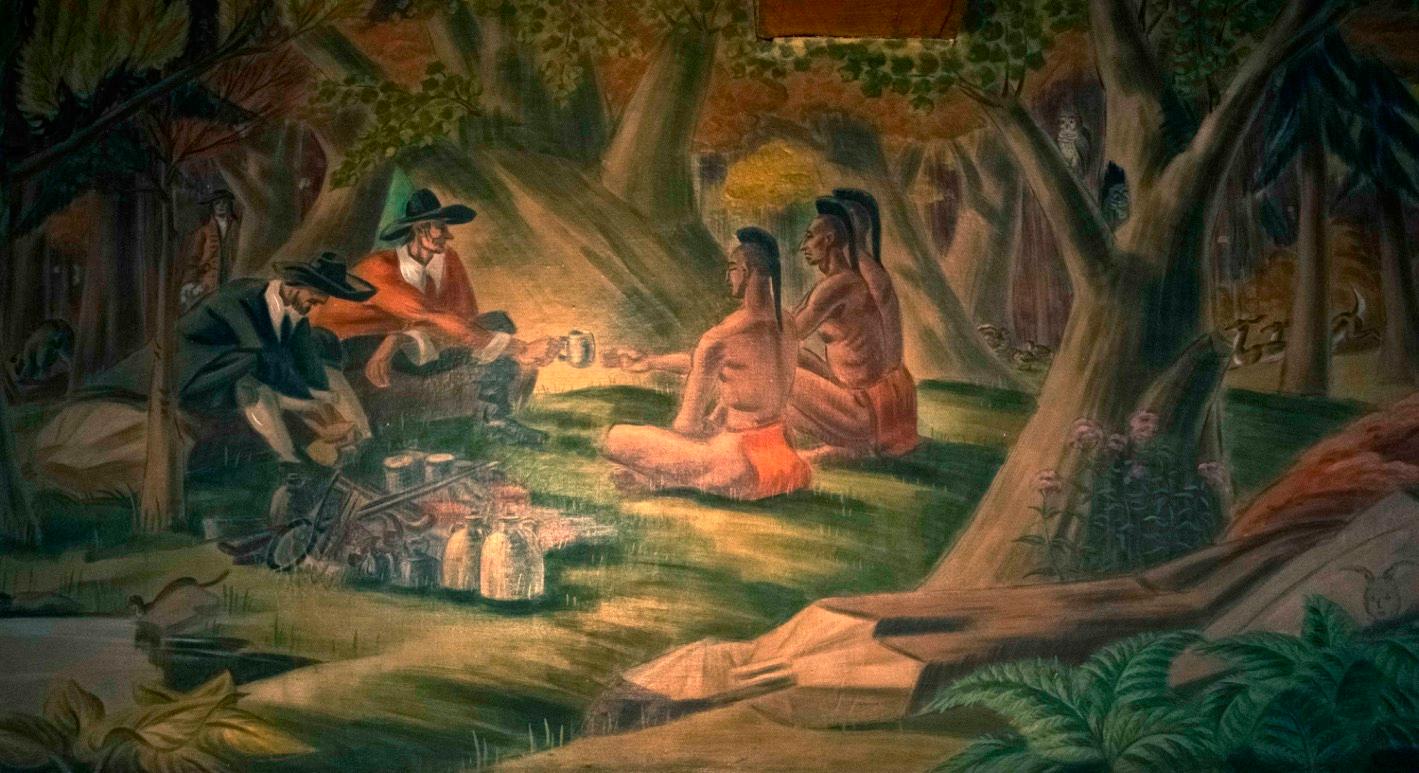



















WHOSE LENS?






Robert Walter Weir




STILL HERE
The dangers of firsting and lasting








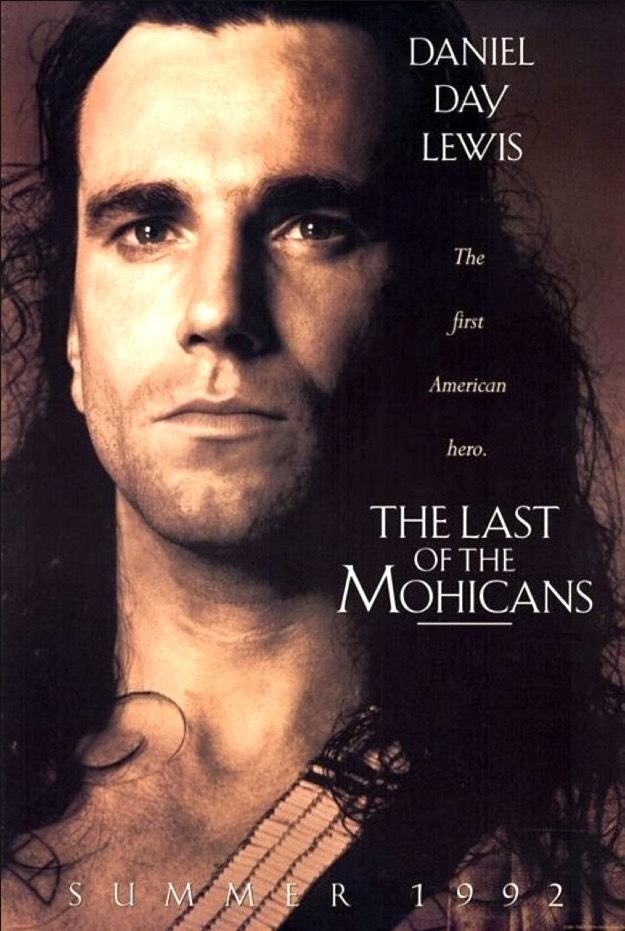








CROW Chief






MANESSAH Prince Quack
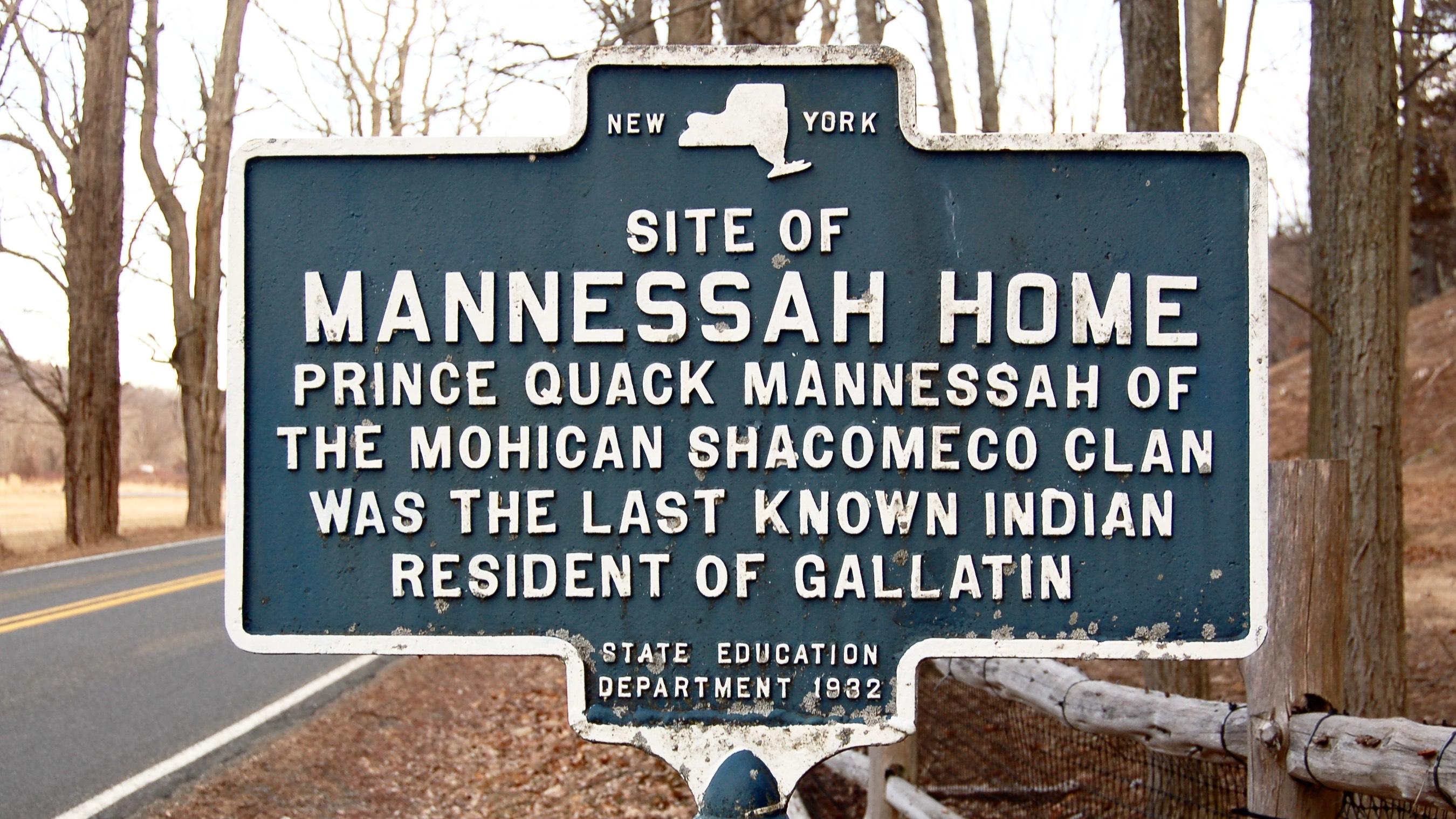




APPROPRIATION










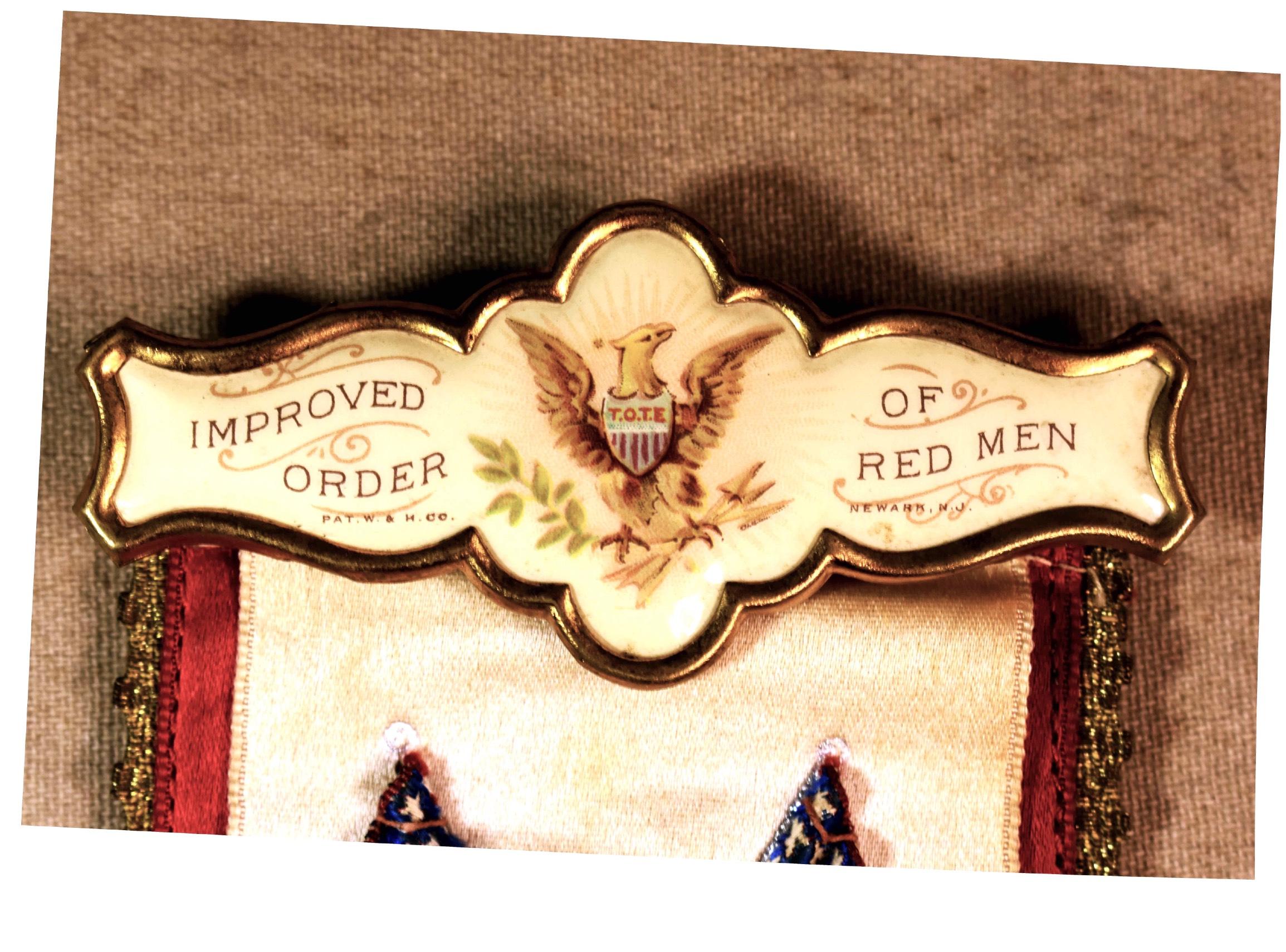



WORKING CLASS
BY ASSOCIATION

THE COMPANY HE KEPT


























































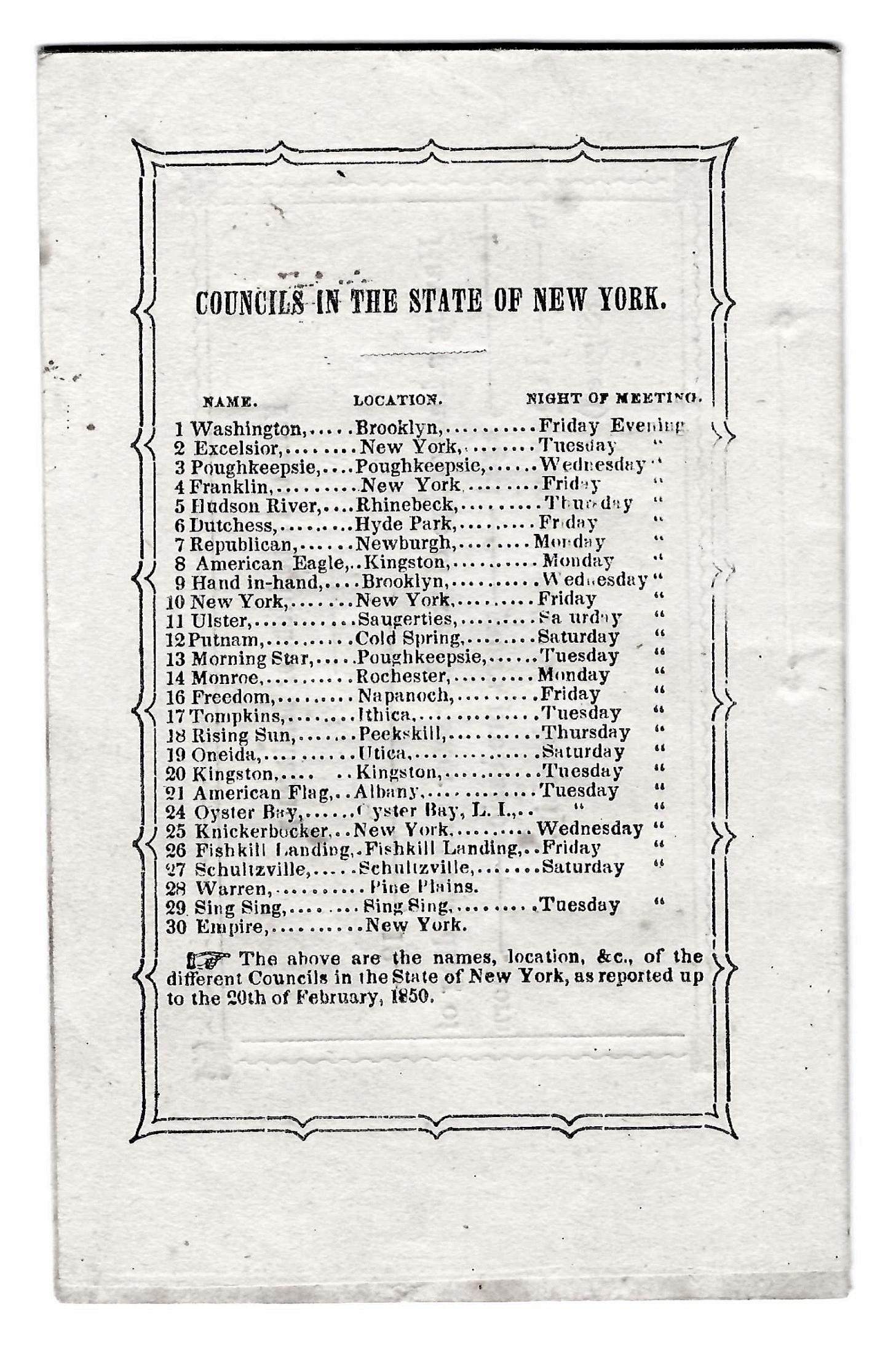






























“…an old revolutionary soldier…”
“…bearing the marks of poverty and hardship…”


“…his countenance lighted up, and was evidently inspired with a new glow of life…”
CLASS #1: Background: Who, why, Lafayette?

CLASS #2
View from the Audience. Persons of Color. Enslaved & Free.
CLASS #3:
View from the Audience. Indigenous Peoples (Broad). Establishment. White Working Class.

CLASS #4: After Death & 20th Century a Universal Icon

